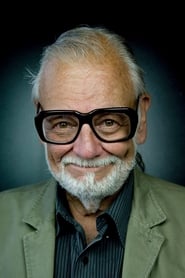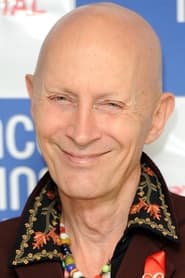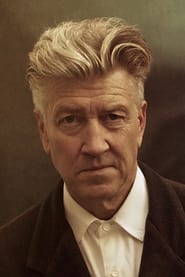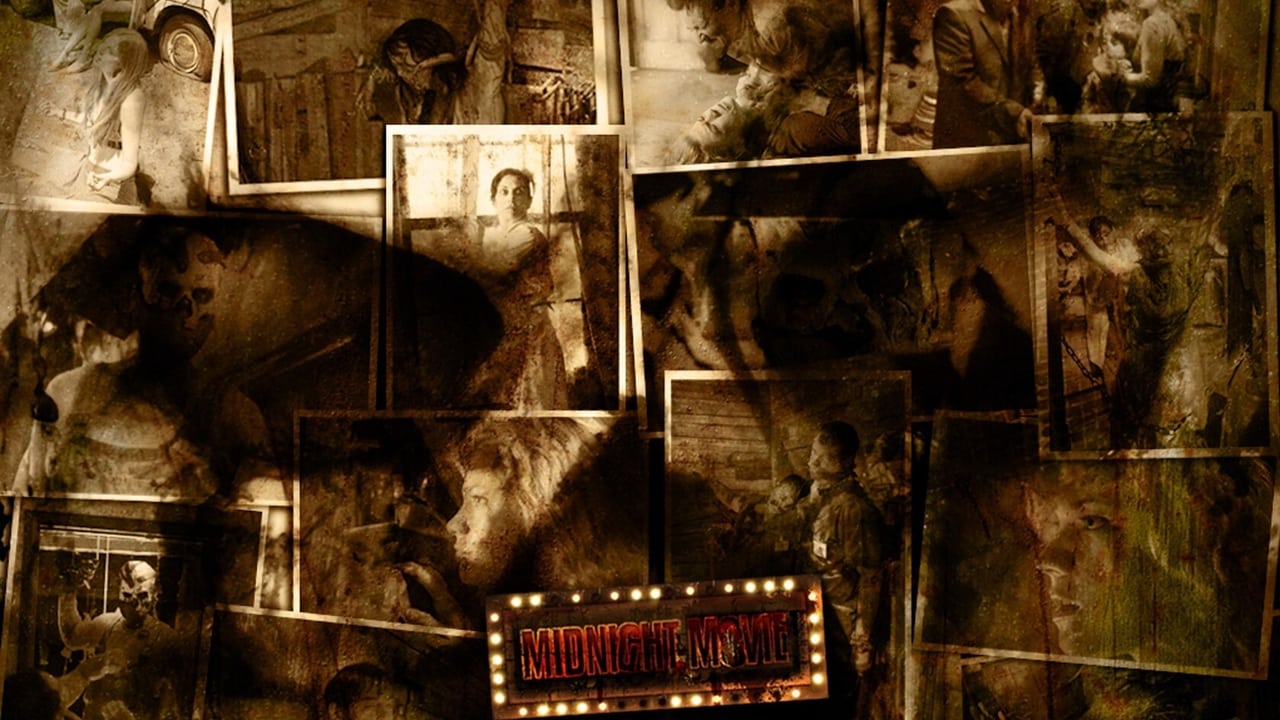

Midnight Movies: From the Margin to the Mainstream(2006)
From 1970-1977, six low budget films shown at midnight transformed the way we make and watch films.
Movie: Midnight Movies: From the Margin to the Mainstream
Top 10 Billed Cast
Himself

Midnight Movies: From the Margin to the Mainstream
HomePage
Overview
From 1970-1977, six low budget films shown at midnight transformed the way we make and watch films.
Release Date
2006-06-20
Average
6.267
Rating:
3.1 startsTagline
Genres
Languages:
EnglishKeywords
Recommendations Movies
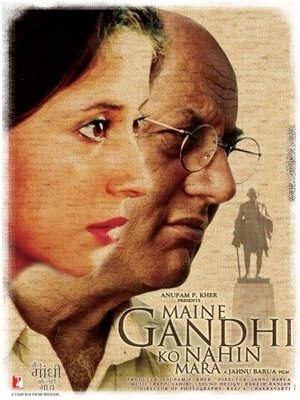 5.7
5.7Maine Gandhi Ko Nahin Mara(hi)
Once known for his intellectual prowess, a retired professor (Anupam Kher) begins experiencing memory gaps and periods of forgetfulness. But while he tries to laugh it off, it soon becomes clear that the symptoms are a sign of a more serious illness, prompting his grown daughter (Urmila Matondkar) to move in as his caretaker. Meanwhile, as his mind regresses, he recalls a traumatic childhood memory involving the death of Mahatma Gandhi.
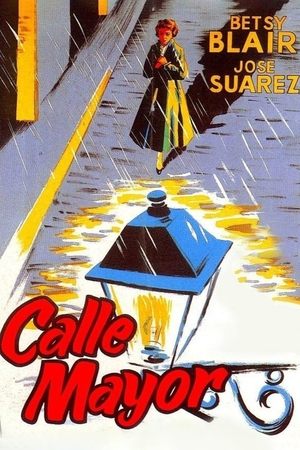 6.2
6.2Main Street(es)
A small town in Spain, October 1955. Isabel, a 35-year-old dreamer who feels like a failure because she is not married yet, becomes the new target of a group of soulless pranksters.
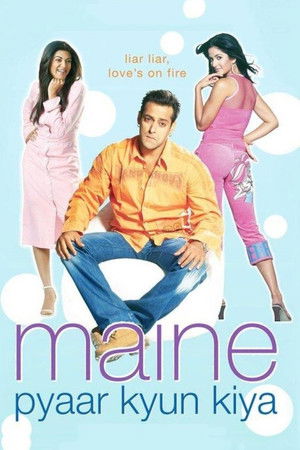 5.4
5.4Maine Pyaar Kyun Kiya?(hi)
Dr Samir is an absolute charmer when it comes to women, but he poses as a married man to keep them at bay. Love becomes a three-ring-circus for him after he ends up tangled in his web of lies with his girlfriend Sonia and pretend wife Naina.
 6.3
6.3Next Exit, Main Street(en)
In an effort to discover the depth of the country's polarization, four recent college graduates decide to travel across the United States gathering stories encompassing the spectrum of life in America. Their goal is to find the human stories behind the nation's social and political schism, proving that Americans are not tied together by political identity, geographical location or belief systems, but primarily by love, hope and dreams - universal truths.
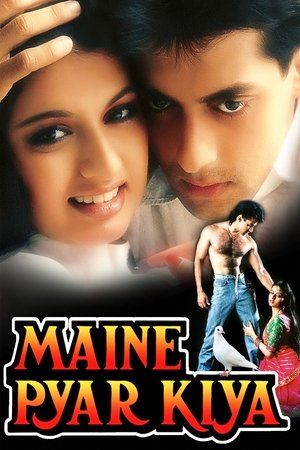 5.9
5.9Maine Pyar Kiya(hi)
After Suman's father leaves her in the care of another family while he travels abroad, she falls in love with Prem. However, in order to for them to marry, Prem has to prove to Suman's father that he is not the same as his own dad.
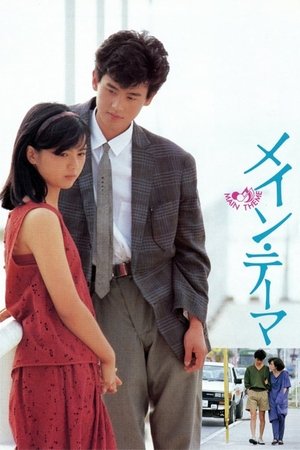 6.2
6.2Main Theme(ja)
A kindergarten teacher meets a novice magician and together they travel to another city to find love.
 5.0
5.0Main Aurr Mrs Khanna(hi)
Three people, each having different aspirations from life, are caught in a tangle of emotions and don’t know the way out. There’s a husband and wife with love eroding from their life. And there’s a single, happy-go-lucky dude who falls in love with the wife.
 6.5
6.5The Main Event(en)
An 11-year-old aspiring wrestler enters a competition to become the next WWE superstar by using special powers from a magical mask.
 5.7
5.7Chain Kulii Ki Main Kulii(hi)
An orphan boy with dreams of finding a family and fame as a cricketer, finds a bat with magical powers and lands a spot in the Indian cricket team.
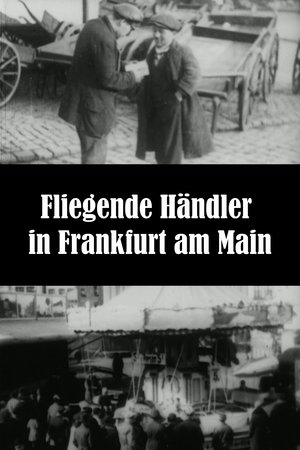 6.2
6.2Travelling Hawkers in Frankfurt am Main(de)
A documentary about unemployed people who bought fruit and vegetables at moderate prices at the wholesale market and sold these in the streets of Frankfurt. Since they had no permits they were constantly with their bulky carts on the run from the police. One part of the film was shot at the fairgrounds in front of the wholesale market. Newspaper and lottery ticket vendors, propagandists offering their ware for a few pfennigs, all convey the mood of a time when need made people inventive.
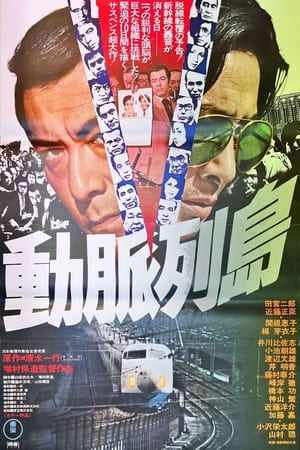 6.0
6.0Main Line to Terror(ja)
Akiyama is an intern, disgusted with the noise pollution caused by the bullet trains and the heart attacks that noise has been causing in older hospital patients, plots to disrupt and, in ten days, destroy a unit of the operation. He warns the Japan National Railway, that, if nothing is done to reduce the noise, he will derail a bullet train. Takigawa is the police detective sent to stop him.
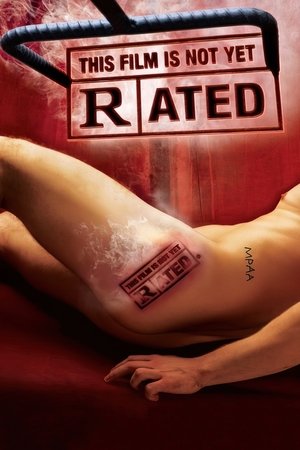 7.1
7.1This Film Is Not Yet Rated(en)
Kirby Dick's provocative documentary investigates the secretive and inconsistent process by which the Motion Picture Association of America rates films, revealing the organization's underhanded efforts to control culture. Dick questions whether certain studios get preferential treatment and exposes the discrepancies in how the MPAA views sex and violence.
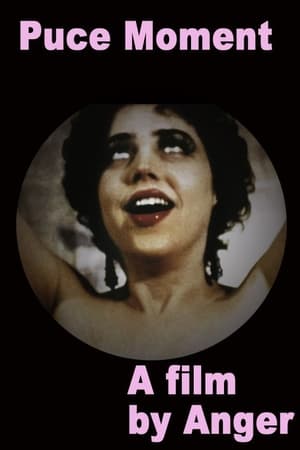 5.6
5.6Puce Moment(en)
Puce Moment is a short 6 minute film by Kenneth Anger, author of the Hollywood Babylon books, filmed in 1949. Puce Moment resulted from the unfinished short film Puce Women. The film opens with a camera watching 1920s style flapper gowns being taken off a dress rack. The dresses are removed and danced off the rack to music. (The original soundtrack was Verdi opera music; in the 1960s, Anger re-released the film with a new psychedelic folk-rock soundtrack performed by Jonathan Halper.) A long-lashed woman, Yvonne Marquis, dresses in the purple puce gown and walks to her vanity to apply perfume. She lies on a chaise lounge which then begins to move around the room and eventually out to a patio. Borzois appear and she prepares to take them for a walk.
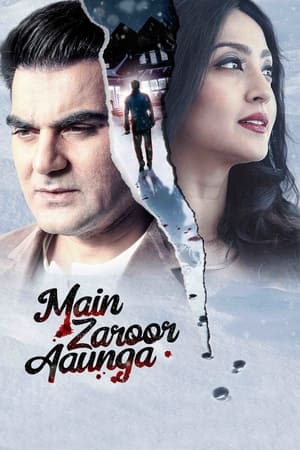 5.7
5.7Main Zaroor Aaunga(hi)
A successful businessman, Yash Malhotra falls in love and marries a beautiful model named Lisa. Their marital bliss is disrupted by the entry of a fashion photographer named Peter who connects with Lisa and this betrayal leads to a series of dangerous consequences.
 5.4
5.4Sweekar Kiya Maine(hi)
Gopika Sharma lives a middle-classed lifestyle along with her widowed mother in Bangalore. She expresses a desire to sing and is encouraged by her maternal uncle, Dubey, who takes her with him to Bombay along with her maid, Lajjo. Once there, they are molested and Dubey goes missing. They then attempt to find a decent place to live, and after many frustrations make an agreement with a single male, Kishankumar Shukla, who poses as Gopika's husband, and move into an apartment owned by Lala Dhaniram.
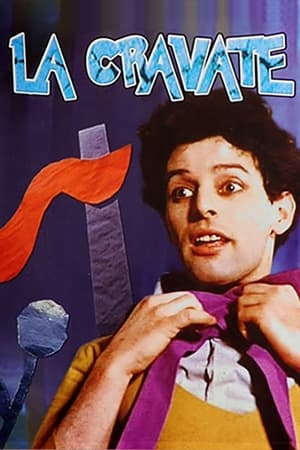 6.1
6.1The Severed Heads(fr)
A short mime adaptation of a Thomas Mann story about a Parisian urchin who makes her living selling human heads. Lost for nearly 50 years, the movie was found in 2006 by the son of Ruth Michelly and Saul Gilbert when he found it in his mom's attic in Munich.
 7.7
7.7Spine Tingler! The William Castle Story(en)
Chronicles the last great American showman, filmmaker William Castle, a master of ballyhoo who became a brand name in movie horror with his outrageous audience participation gimmicks.
 6.0
6.0East of Main Street: Asians Aloud(en)
In celebration of Asian Heritage Month, HBO presents a collection of perspectives from a diverse group of Asian Americans.
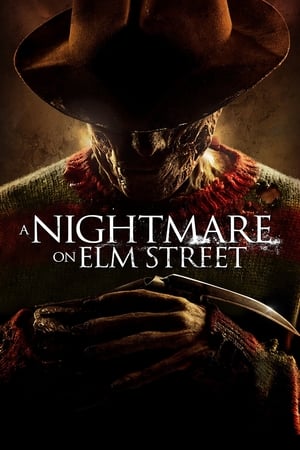 5.5
5.5A Nightmare on Elm Street(en)
The film that brings back horror icon Freddy Krueger as a darker and more sinister character than ever before. While Freddy is on the prowl, a group of teenagers being stalked soon learn they all have a common factor making them targets for this twisted killer.
 6.4
6.4Scary Movie(en)
A familiar-looking group of teenagers find themselves being stalked by a more-than-vaguely recognizable masked killer! As the victims begin to pile up and the laughs pile on, none of your favorite scary movies escape the razor-sharp satire of this outrageously funny parody!
Similar Movies
 6.7
6.7Workers Leaving the Lumière Factory(fr)
Working men and women leave through the main gate of the Lumière factory in Lyon, France. Filmed on 22 March 1895, it is often referred to as the first real motion picture ever made, although Louis Le Prince's 1888 Roundhay Garden Scene pre-dated it by seven years. Three separate versions of this film exist, which differ from one another in numerous ways. The first version features a carriage drawn by one horse, while in the second version the carriage is drawn by two horses, and there is no carriage at all in the third version. The clothing style is also different between the three versions, demonstrating the different seasons in which each was filmed. This film was made in the 35 mm format with an aspect ratio of 1.33:1, and at a speed of 16 frames per second. At that rate, the 17 meters of film length provided a duration of 46 seconds, holding a total of 800 frames.
 0.0
0.0Afro Promo(en)
Co-curated by Jenni Olson and the late Black gay activist Karl Knapper, this entertaining showcase of vintage movie trailers traces the evolution of African American cinema through its most crucial period, 1952-1976. Filled with insights on race and social dynamics, this fascinating compendium of coming attractions explores an extensive range of stylistic approaches—Blaxploitation, Comedy, Music Bio, Plantation Drama and more—offering an outrageous joyride through motion picture history. Beyond mere camp, these marvelously condensed gems crystallize a range of African American identities and personalities, tracking the meteoric careers of Sidney Poitier, James Earl Jones, Billy Dee Williams, Richard Pryor, Pam Grier and others through their bold performances in movies both hugely popular and practically forgotten. Afro Promo provides a compact glimpse at the representation of African Americans through twenty-five dynamic years of American cinema history.
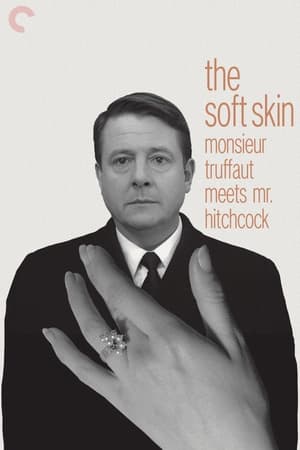 6.5
6.5Monsieur Truffaut Meets Mr. Hitchcock(en)
When Francois Truffaut approached Alfred Hitchcock in 1962 with the idea of having a long conversation with him about his work and publishing this in book form, he didn't imagine that more than four years would pass before Le Cinéma selon Hitchcock finally appeared in 1966. Not only in France but all over the world, Truffaut's Hitchcock interview developed over the years into a standard bible of film literature. In 1983, three years after Hitchcock's death, Truffaut decided to expand his by now legendary book to include a concluding chapter and have it published as the "Edition définitive". This film describes the genesis of the "Hitchbook" and throws light on the strange friendship between two completely different men. The centrepieces are the extracts from the original sound recordings of the interview with the voices of Alfred Hitchcock, Francois Truffaut, and Helen Scott – recordings which have never been heard in public before.
 6.6
6.6The Dinosaur(fi)
Acclaimed Finnish director Rauni Mollberg made several scandalous yet widely appreciated films. Former co-worker Veikko Aaltonen’s eye-opening documentary The Dinosaur looks at the relentless, often disturbing directing techniques behind Mollberg’s art and success.
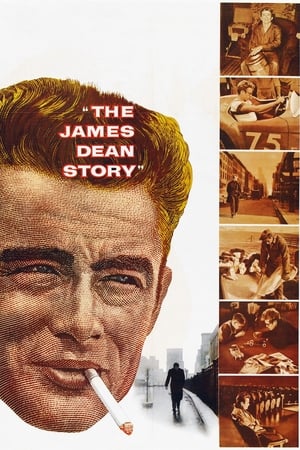 5.3
5.3The James Dean Story(en)
Released two years after James Dean's death, this documentary chronicles his short life and career via black-and-white still photographs, interviews with the aunt and uncle who raised him, his paternal grandparents, a New York City cabdriver friend, the owner of his favorite Los Angeles restaurant, outtakes from East of Eden, footage of the opening night of Giant, and Dean's ironic PSA for safe driving.
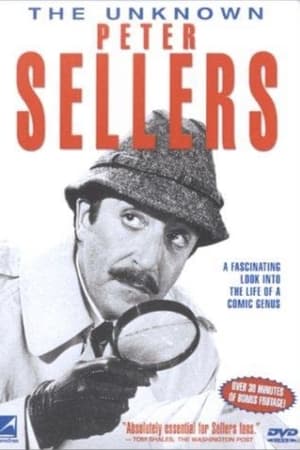 8.0
8.0The Unknown Peter Sellers(en)
Documentary about the life and career of a comic genius, Peter Sellers.
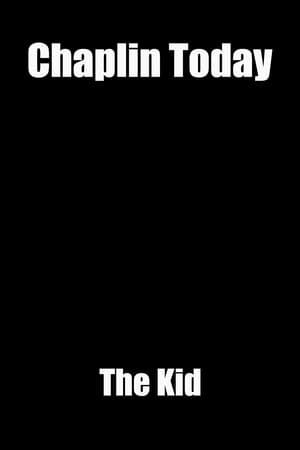 5.7
5.7Chaplin Today: 'The Kid'(en)
This documentary is featured on the two-disc Chaplin Collection DVD for "The Kid" (1921), released in 2004.
 5.8
5.8Room 999(fr)
In 1982, Wim Wenders asked 16 of his fellow directors to speak on the future of cinema, resulting in the film Room 666. Now, 40 years later, in Cannes, director Lubna Playoust asks Wim Wenders himself and a new generation of filmmakers (James Gray, Rebecca Zlotowski, Claire Denis, Olivier Assayas, Nadav Lapid, Asghar Farhadi, Alice Rohrwacher and more) the same question: “is cinema a language about to get lost, an art about to die?”
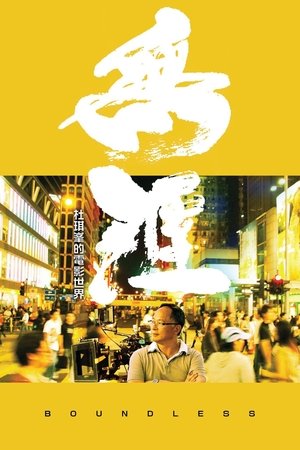 7.5
7.5Boundless(cn)
As Hong Kong's foremost filmmaker, Johnnie To himself becomes the protagonist of this painstaking documentary exploring him and his Boundless world of film. A film student from Beijing and avid Johnnie To fan, Ferris Lin boldly approached To with a proposal to document the master director for his graduation thesis. To agreed immediately and Lin's camera closely followed him for over two years, capturing the man behind the movies and the myths. The result is Boundless, a candid profile of one of Hong Kong's greatest directors and a heartfelt love letter to Hong Kong cinema.
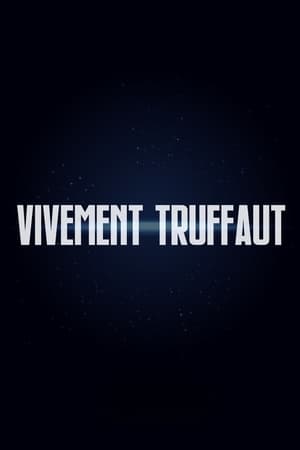 6.0
6.0Vivement Truffaut(fr)
A tribute to the late, great French director Francois Truffaut, this documentary was undoubtedly named after his last movie, Vivement Dimanche!, released in 1983. Included in this overview of Truffaut's contribution to filmmaking are clips from 14 of his movies arranged according to the themes he favored. These include childhood, literature, the cinema itself, romance, marriage, and death.
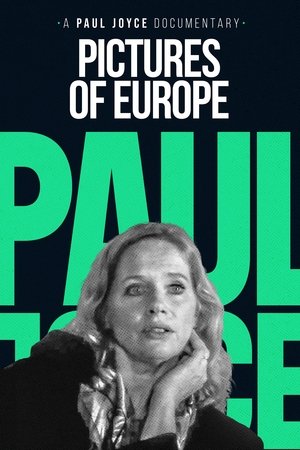 0.0
0.0Pictures of Europe(en)
What makes European cinema so special? Find out in Paul Joyce’s feature-length documentary, Pictures of Europe, which examines the differences between American independent and Hollywood movies and films from European directors. Featuring luminary iconoclasts from European cinema such as Agnes Varda, Bernardo Bertolucci and Pedro Almodovar, as well as American counterpoints from Paul Schrader, and those who have crossed back and forth, such as Paul Verhoeven
 6.5
6.5In the Shadow of Hollywood: Race Movies and the Birth of Black Cinema(en)
This documentary captures the sounds and images of a nearly forgotten era in film history when African American filmmakers and studios created “race movies” exclusively for black audiences. The best of these films attempted to counter the demeaning stereotypes of black Americans prevalent in the popular culture of the day. About 500 films were produced, yet only about 100 still exist. Filmmaking pioneers like Oscar Micheaux, the Noble brothers, and Spencer Williams, Jr. left a lasting influence on black filmmakers, and inspired generations of audiences who finally saw their own lives reflected on the silver screen.
 0.0
0.0Remembering Ragtime(en)
Memories from the making of the classic Milos Forman film "Ragtime".
 6.1
6.1Jean-Marie Straub and Danièle Huillet at Work on a Film Based on Franz Kafka’s Amerika(de)
This film is at once a self-portrait and an homage to Jean-Marie Straub, Farocki's role model and former teacher at the Film Academy.
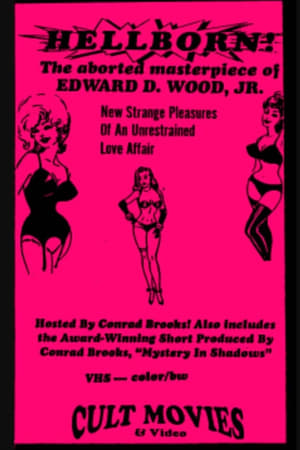 6.0
6.0Hellborn(en)
Conrad Brooks discusses "Hellborn," his unfinished movie with Ed Wood, and other projects
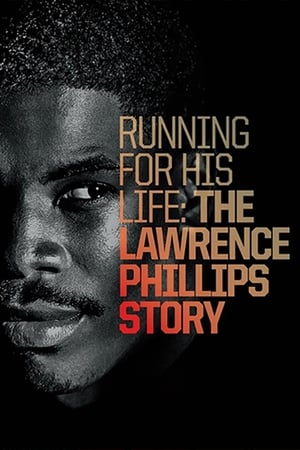 6.8
6.8Running for His Life: The Lawrence Phillips Story(en)
Feature length documentary examining the troubled life and tragic death of college football standout and talented NFL running back Lawrence Phillips, whose scars of childhood abuse and abandonment haunted him throughout his career.
 5.7
5.7John Ford Goes to War(en)
When World War II broke out, John Ford, in his forties, commissioned in the Naval Reserve, was put in charge of the Field Photographic Unit by Bill Donavan, director of the soon-to-be-OSS. During the war, Field Photo made at least 87 documentaries, many with Ford's signature attention to heroism and loss, and many from the point of view of the fighting soldier and sailor. Talking heads discuss Ford's life and personality, the ways that the war gave him fulfillment, and the ways that his war films embodied the same values and conflicts that his Hollywood films did. Among the films profiled are "Battle of Midway," "Torpedo Squadron," "Sexual Hygiene," and "December 7."
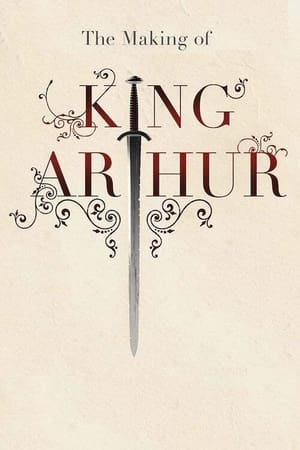 8.7
8.7The Making of King Arthur(en)
Short documentary of the making of Antoine Fuqua's King Arthur (2004).
Film Is Not a Sausage: Borowczyk and the Short Film(en)
A documentary about Walerian Borowczyk's short films and animation, featuring his collaborators from that time.

